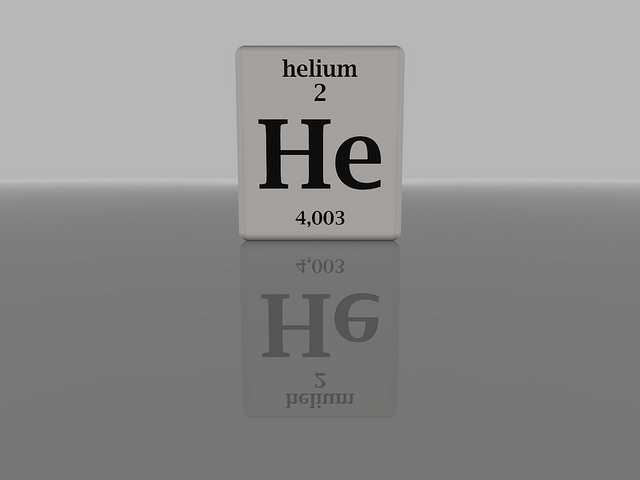
There are many people who believe helium sole use is for balloons and blimps, but its importance in science is more than a lifting medium. This element has the lowest boiling point of any other element. Helium won’t solidify under normal conditions even if the temperature approaches absolute zero. For those reasons helium is useful as a coolant for superconducting magnets. Helium’s low temperatures make it the only gas which can pressurize and purge the liquid rocket engines of the space shuttle as well as many other rockets. However, the largest single use for helium is in MRI machines. Helium has a number of uses and in this article we will mention all the important ones.
Common uses
There is evidence which shows that human voice can be changed with this gas. Helium is also used as light weight aircraft fuel. Normally, helium is combined with hydrogen in air balloons. Even though hydrogen alone is fine, this gas makes it safer to use. Furthermore, caisson workers use the same gas, too. During their dives, divers use oxygen and helium. They use this combination because it provides them with the atmosphere which is necessary to survive in the environments with high pressures.
Medical applications
Another use of helium is for breathing observation. The gas is essential in treating emphysema, ailments asthma, as well as other conditions which affect breathing. Helium is often used to treat diseases which affect the lungs. For example, hospital MRI scans use liquefied helium. Furthermore, chronic and acute forms of respiratory ailment treatments have components of this gas. Helium and oxygen are used together in almost all cases, because when combined they get to the lungs much faster. In addition, helium in different combinations and forms are used in nuclear medicine and medical instrumentations.
Welding and magnet production
The gas is used to cool down super-conduction magnets. This has to be done during their operation. Many welding companies also rely on it for protection. It’s used the same way on the development of silicon, germanium, zirconium and titanium.
Space technology
In order to fuel their shuttles, NASA space programs also use helium. Liquid fuels are volatile and are packed with corrosive material which could destroy a casing of spacecraft. For that reason, a craft is filled with helium in order to avoid this problem. The same process is used in air balloons and blimps. Helium is preferred to hydrogen for two reasons: it’s not flammable and is lighter. Additionally, helium is also used to keep nuclear reactors cool.
Other applications
Oxygen and hydrogen are usually used as rocket fuel. The element is used by helium-neon lasers extensively. The element is used to monitor small fractures in vehicles, such as ships. In addition, these instruments are also used for barcode reading. Helium dating is relied on the date rocks which contain titanium as well as uranium. The gas is also used for protection during the production of silicon and germanium crystal. Because of its inert nature, it’s valued as a protective gas. Its properties make helium ideal for observation in quantum mechanics. Helium’s structure is basic and for that reason, it’s easy to study.



